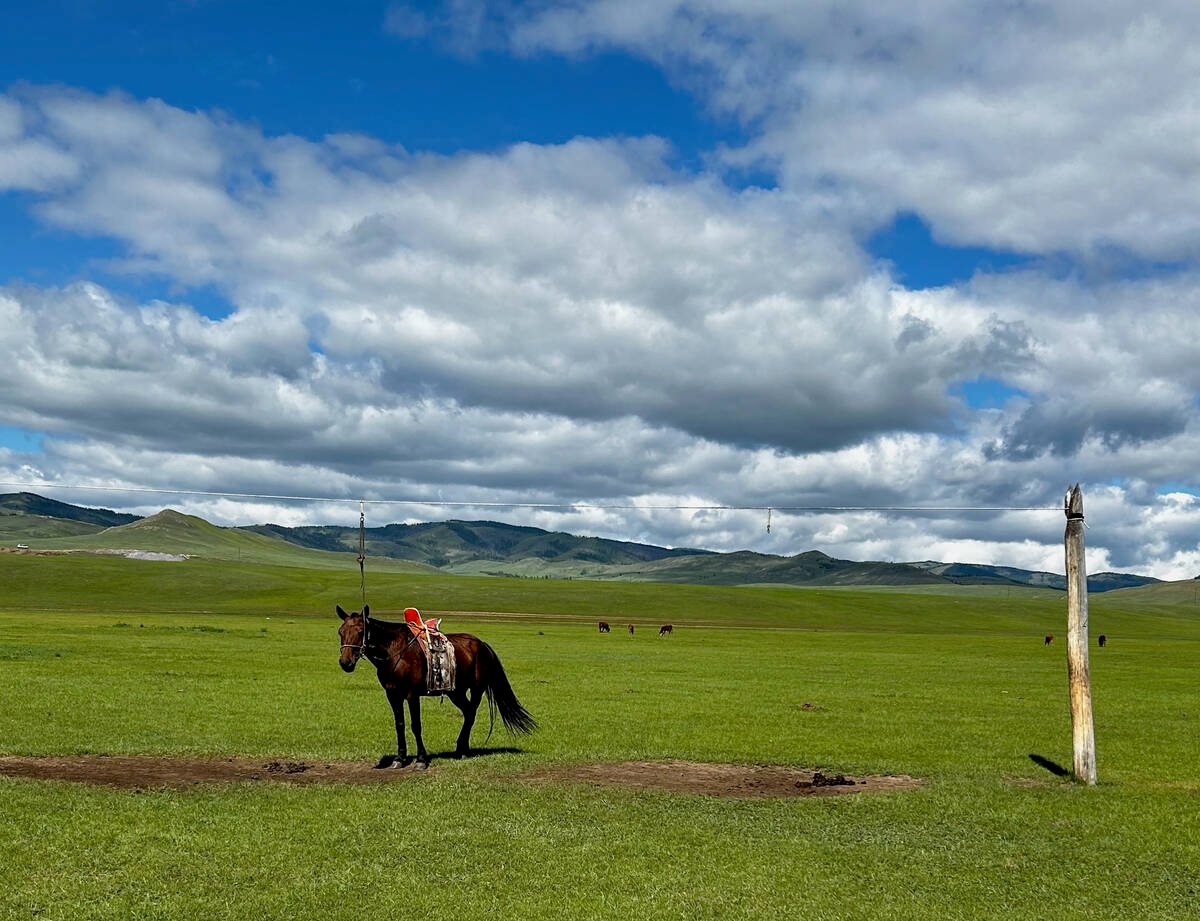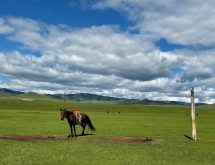This is part of a series that explores the reasons behind the boom being enjoyed by agricultural commodity markets. Western Producer reporter and markets expert Ed White visits the New York Board of Trade.
NEW YORK CITY, N.Y. – No commodity exchange has gone through more turmoil than the New York Board of Trade, so the present boom in commodities trading is a relief from years of disruption and tragedy.
The NYBOT is confident it has learned how to navigate the treacherous waters.
“We seem to have really hit our stride once we got into this building,” said NYBOT vice-president for product development Tim Barry in an interview at the exchange.
Read Also

University of Saskatchewan experts helping ‘herders’ in Mongolia
The Canadian government and the University of Saskatchewan are part of a $10 million project trying to help Mongolian farmers modernize their practices.
“2004 beat 2003 (for futures and options trading). 2005 beat 2004 by a 20 to 25 percent margin.”
The NYBOT, which trades sugar, coffee, cocoa, cotton and frozen concentrated orange juice futures and options contracts, as well as non-agricultural products, now resides in the New York Mercantile Exchange building at the World Financial Centre, right on the Hudson River looking across to the Statue of Liberty. It is 200 metres from Ground Zero where the World Trade Centre used to stand.
It moved here in September 2003, after spending two years in temporary accommodations across the East River, after the trading floor and offices were destroyed by the 9-11 terrorist attack.
It had been housed in one of the World Trade Centre buildings surrounding the twin towers, but when the northern tower collapsed, part of it destroyed the NYBOT’s building.
No one working at the exchange that morning was killed because the building had been evacuated, but half a dozen of its staff who were visiting clients and doing business in the towers were victims.
As traders and exchange staff scurry through the halls today, they pass a wall dedicated to their lost colleagues and the damage their marketplace suffered in 2001.
But while there was great damage, the exchange hardly missed a stride after the tragedy. It reopened for business on the Monday following the attack in an already-established facility across the river.
After an earlier terrorist strike on the World Trade Centre in 1993, an executive at the exchange had fought to get a backup facility established, and when 9-11 occurred, this allowed the NYBOT to survive and function.
But it wasn’t easy. The new facility had only one pit, which all five agricultural contracts had to share. Each was given one hour a day for trading, after which its traders would have to clean up fast and get out before the next commodity came up for its allotted time slot.
When it was finally able to move into the NYMEX building, it was a homecoming in two ways.
“People were very happy to get back to lower Manhattan,” said Barry.
The new trading floor, which the NYBOT shares with the NYMEX’s Comex metals exchange, also brought the board of trade people back in direct contact with their mercantile exchange colleagues, a connection that had weakened years before when the exchange moved into its new building.
“When they came here and the coffee, sugar and cotton stayed in the trade centre, it was sort of a split in the New York community,” said Barry.
Being back with the bigger NYMEX isn’t just a spiritual reconnection, it also seems to be helping business. Some Comex staff are now trading the NYBOT’s agricultural markets.
“Traders love markets,” said Barry with a smile.
“When they see something happening they want to be involved. Do they go with the flow or do they go the other way?”
The trading floor is a seething sea of traders arranged in a series of circles and semi-circles. Each of the circles is dedicated to one of the contracts, and each semi circle holds the options traders who are following the action in the futures pit beside them. Options trading now often makes up to 40 percent of the exchange’s volume, a growing part of the NYBOT’s business.
The board of trade has been buffeted by the same winds of change that have swept the commodities trading business worldwide, with electronic trading taking over many derivatives markets.
Most financial derivatives overseas are now traded electronically and many of the non-agricultural commodities have abandoned the traditional open outcry trading style, which relies on traders on the floor of the exchange.
The North American agricultural exchanges have mainly bucked the trend. The Winnipeg Commodity Exchange is the exception.
But the NYBOT is still dedicated to its human trading style. Traders, investors and exchange operators are still debating whether open outcry trading is better or worse than electronic trading, but Barry said for now it seems clear that open outcry is more popular with the people who actually use the commodities the contracts are based on.
“What we continue to hear (from commercial users of commodities) is that they’re still very comfortable with the open outcry trading method for these agricultural products,” said Barry.
“That’s how they do their cash trading and that seems to be how they continue to like to do their futures trading.”
Just as the Kansas City Board of Trade and the Winnipeg Commodity Exchange seemed to be stumbling a few years ago with stagnating volumes, and the boom in company stocks made commodities trading appear doomed, so too was the NYBOT stumbling.
But even after the electronic trading debate sapped its confidence and the 9-11 attack threatened its physical existence, the traders and the exchange kept faith in their institution. They are now reaping the benefits.
Barry said he doesn’t see an end to the challenge of globalization and electronic trading, but for now the NYBOT seems to have found a safe harbour.















